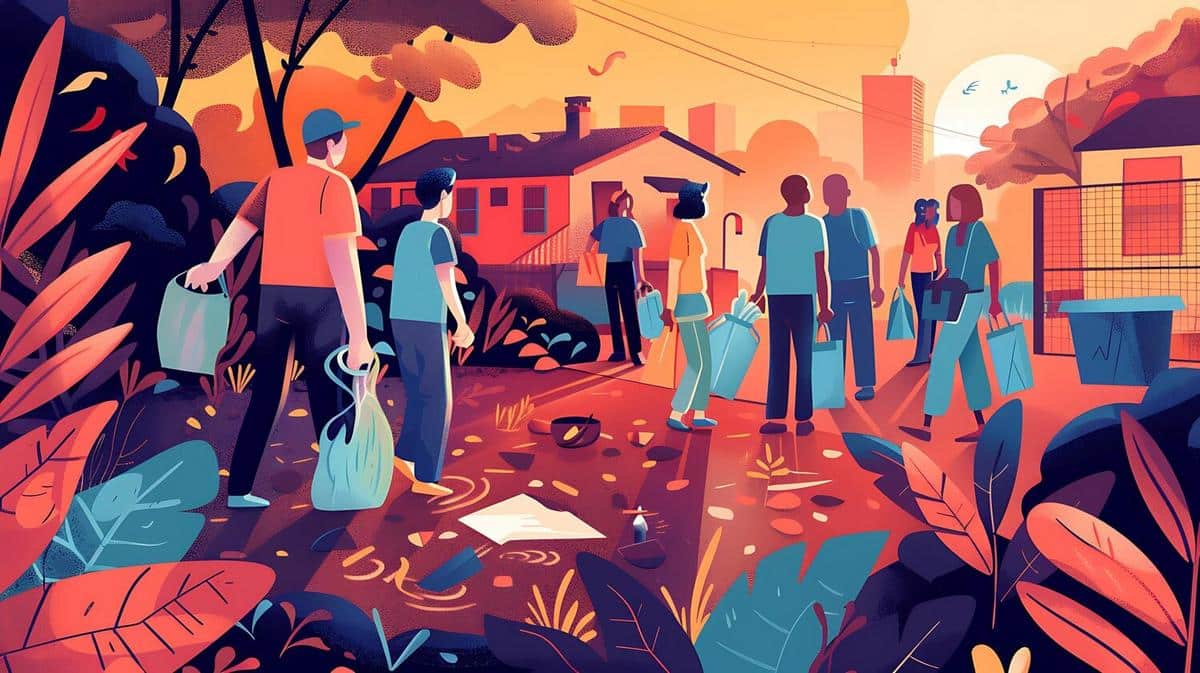
The Ripple Effects of Climate Change on Global Poverty
As the impacts of climate change become increasingly evident, their effects ripple across various aspects of life, particularly for those living in poverty. Understanding these connections is crucial for developing effective strategies to combat both climate change and global poverty.
Understanding the Connection Between Climate Change and Poverty
Climate change exacerbates existing vulnerabilities, making it a significant threat to global efforts to alleviate poverty. According to the World Bank, climate change could push an additional 100 million people into poverty by 2030. This is primarily due to its impact on agriculture, water resources, and health, which are critical sectors for low-income populations.
Expert Insights
“The most vulnerable communities are often the ones least responsible for climate change, yet they suffer the most from its impacts.” – Mary Robinson, Former President of Ireland and Climate Justice Advocate
Statistics Highlighting the Impact
| Impact | Statistics |
|---|---|
| Agricultural Productivity | By 2050, crop yields could decrease by up to 25% in some regions. |
| Water Scarcity | 1.8 billion people are projected to live in countries or regions with absolute water scarcity by 2025. |
| Health Risks | Climate change is expected to cause approximately 250,000 additional deaths per year from malnutrition, malaria, diarrhea, and heat stress between 2030 and 2050. |
| Economic Losses | Developing countries could face economic losses equivalent to 2-3% of GDP due to climate change. |
| Migration | Climate change could displace between 50 to 200 million people by 2050. |
| Energy Costs | Rising temperatures could increase energy costs by 30% in some countries. |
| Infrastructure Damage | Extreme weather events could increase infrastructure damage costs by $2 billion annually. |
| Food Security | Up to 600 million more people could face hunger by 2080. |
Personal Stories: The Human Face of Climate Change
Consider Maria, a small-scale farmer in Kenya who relies on her crops for both food and income. With unpredictable rainfall and prolonged droughts, her harvests have dwindled, pushing her family closer to poverty. Maria’s story is not unique; millions worldwide face similar challenges.
Actionable Strategies to Combat Climate Change and Poverty
- Invest in sustainable agriculture practices to improve food security and resilience.
- Enhance access to clean water through improved infrastructure and technology.
- Promote renewable energy sources to reduce dependency on fossil fuels.
- Support education and training programs to empower communities to adapt to climate challenges.
Pro Tip: Encourage local governments to integrate climate adaptation strategies into development planning to ensure comprehensive solutions.
FAQs
How does climate change affect economic inequality?
Climate change often disproportionately affects poorer communities, widening the gap between rich and poor due to differences in resources and adaptive capacity.
What role can individuals play in mitigating climate change?
Individuals can reduce their carbon footprint by using energy-efficient appliances, reducing waste, and supporting sustainable businesses.
Conclusion
The ripple effects of climate change on global poverty are profound, yet they highlight the urgent need for integrated solutions. By addressing climate change and poverty simultaneously, we can pave the way for a more sustainable and equitable future. It’s a collective responsibility that requires action from governments, communities, and individuals alike. Let’s work together to make a difference.


